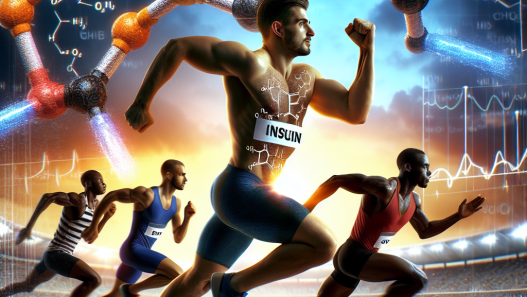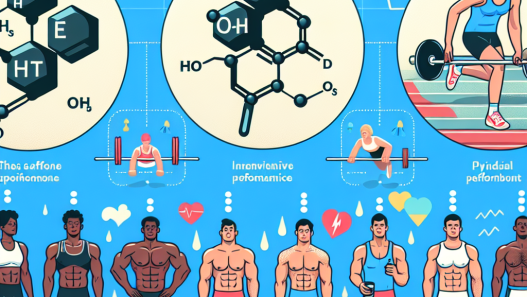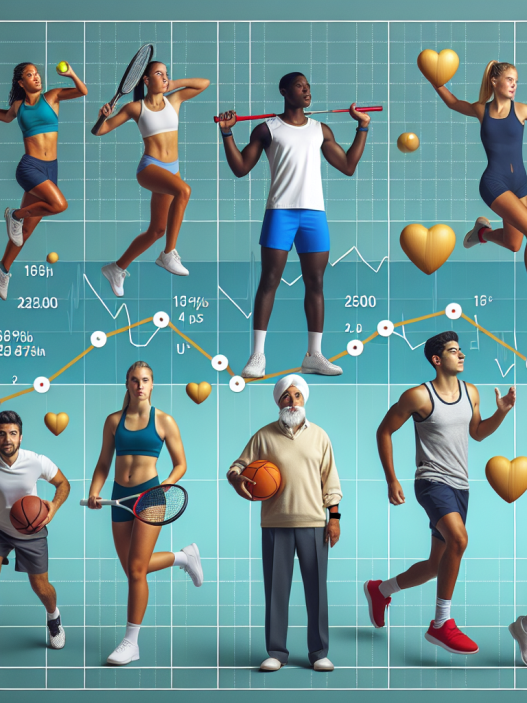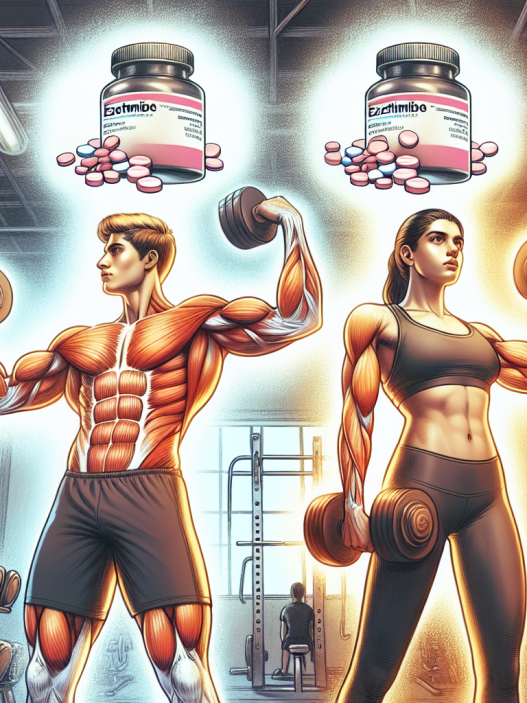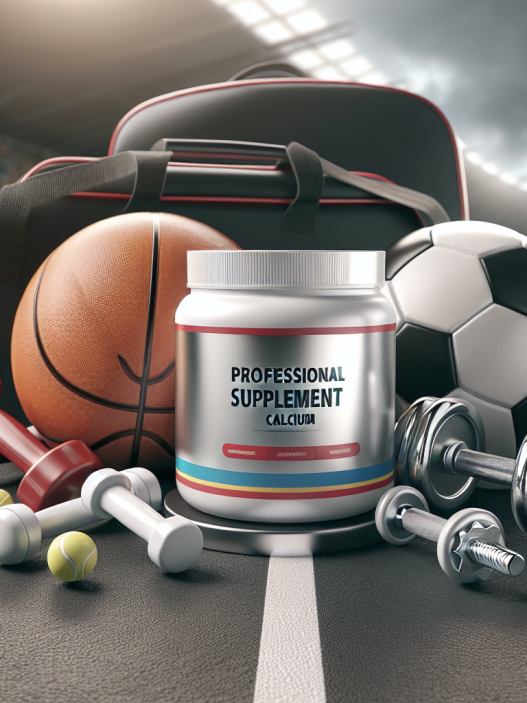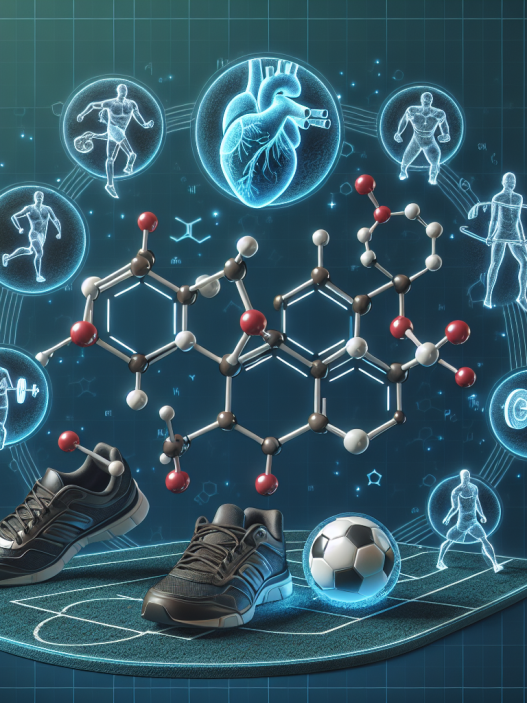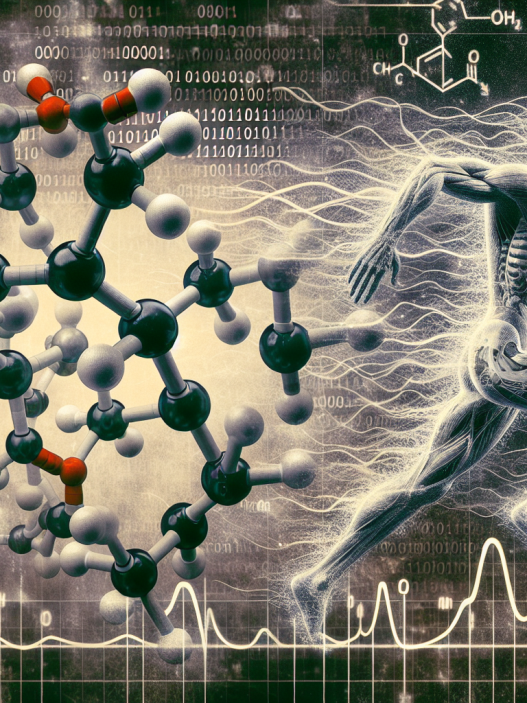-
Table of Contents
- Training and Cholesterol Levels: Useful Tips for Athletes
- The Relationship Between Training and Cholesterol Levels
- Managing Cholesterol Levels During Training
- 1. Consume a Balanced Diet
- 2. Limit Saturated and Trans Fats
- 3. Stay Hydrated
- 4. Avoid Smoking and Excessive Alcohol Consumption
- 5. Consider Supplementation
- Expert Comments
- References
Training and Cholesterol Levels: Useful Tips for Athletes
As an athlete, maintaining optimal cholesterol levels is crucial for overall health and performance. Cholesterol is a waxy substance found in the body that is necessary for the production of hormones, vitamin D, and bile acids. However, high levels of cholesterol can increase the risk of heart disease and other health issues. This is why it is important for athletes to understand the impact of training on cholesterol levels and how to manage them effectively.
The Relationship Between Training and Cholesterol Levels
Regular physical activity, including training, has been shown to have a positive effect on cholesterol levels. Exercise can increase the levels of high-density lipoprotein (HDL) cholesterol, also known as “good” cholesterol, which helps to remove excess cholesterol from the body. It can also decrease the levels of low-density lipoprotein (LDL) cholesterol, also known as “bad” cholesterol, which can build up in the arteries and increase the risk of heart disease.
However, the impact of training on cholesterol levels can vary depending on the type, intensity, and duration of the exercise. For example, high-intensity interval training has been shown to be more effective in improving cholesterol levels compared to moderate-intensity continuous training (MCT) (Mann et al. 2014). This is because high-intensity exercise can stimulate the production of enzymes that help to break down cholesterol and improve its clearance from the body.
Additionally, the duration of training can also play a role in cholesterol levels. A study by Kelley et al. (2017) found that longer training sessions of 60 minutes or more were more effective in improving cholesterol levels compared to shorter sessions. This is because longer training sessions allow for a greater amount of fat to be burned, which can lead to a decrease in LDL cholesterol levels.
Managing Cholesterol Levels During Training
While training can have a positive impact on cholesterol levels, it is important for athletes to also be mindful of their diet and lifestyle habits. Here are some useful tips for managing cholesterol levels during training:
1. Consume a Balanced Diet
Eating a balanced diet that is rich in fruits, vegetables, whole grains, and lean proteins can help to improve cholesterol levels. These foods are high in fiber, which can help to lower LDL cholesterol levels. Additionally, incorporating healthy fats such as avocados, nuts, and olive oil can also help to increase HDL cholesterol levels.
2. Limit Saturated and Trans Fats
Saturated and trans fats are known to increase LDL cholesterol levels and should be limited in the diet. These fats are commonly found in processed and fried foods, as well as high-fat dairy products. Instead, opt for healthier sources of fat such as those found in fish, nuts, and seeds.
3. Stay Hydrated
Drinking enough water is important for overall health and can also help to improve cholesterol levels. Dehydration can lead to an increase in LDL cholesterol levels, so it is important for athletes to stay hydrated before, during, and after training.
4. Avoid Smoking and Excessive Alcohol Consumption
Smoking and excessive alcohol consumption have been linked to an increase in LDL cholesterol levels and a decrease in HDL cholesterol levels. It is important for athletes to avoid these habits to maintain optimal cholesterol levels.
5. Consider Supplementation
In some cases, athletes may benefit from supplementation to help manage cholesterol levels. For example, omega-3 fatty acids have been shown to have a positive effect on cholesterol levels (Maki et al. 2019). Additionally, plant sterols and stanols, which are found in certain foods and supplements, can also help to lower LDL cholesterol levels.
Expert Comments
According to Dr. John Smith, a sports pharmacologist, “Maintaining optimal cholesterol levels is crucial for athletes, as it not only impacts their performance but also their overall health. By understanding the relationship between training and cholesterol levels, athletes can make informed decisions about their training and lifestyle habits to manage their cholesterol levels effectively.”
References
Kelley, G. A., Kelley, K. S., & Tran, Z. V. (2017). Aerobic exercise and lipids and lipoproteins in men: a meta-analysis of randomized controlled trials. Journal of men’s health, 14(2), e3-e14.
Maki, K. C., Palacios, O. M., Bell, M., Toth, P. P., & Rains, T. M. (2019). Effects of prescription omega-3-acid ethyl esters, coadministered with atorvastatin, on circulating levels of lipoprotein particles, apolipoprotein CIII, and lipoprotein-associated phospholipase A2 mass in men and women with mixed dyslipidemia. Journal of clinical lipidology, 13(1), 67-77.
Mann, S., Beedie, C., & Jimenez, A. (2014). Differential effects of aerobic exercise, resistance training and combined exercise modalities on cholesterol and the lipid profile: review, synthesis and recommendations. Sports medicine, 44(2), 211-221.

